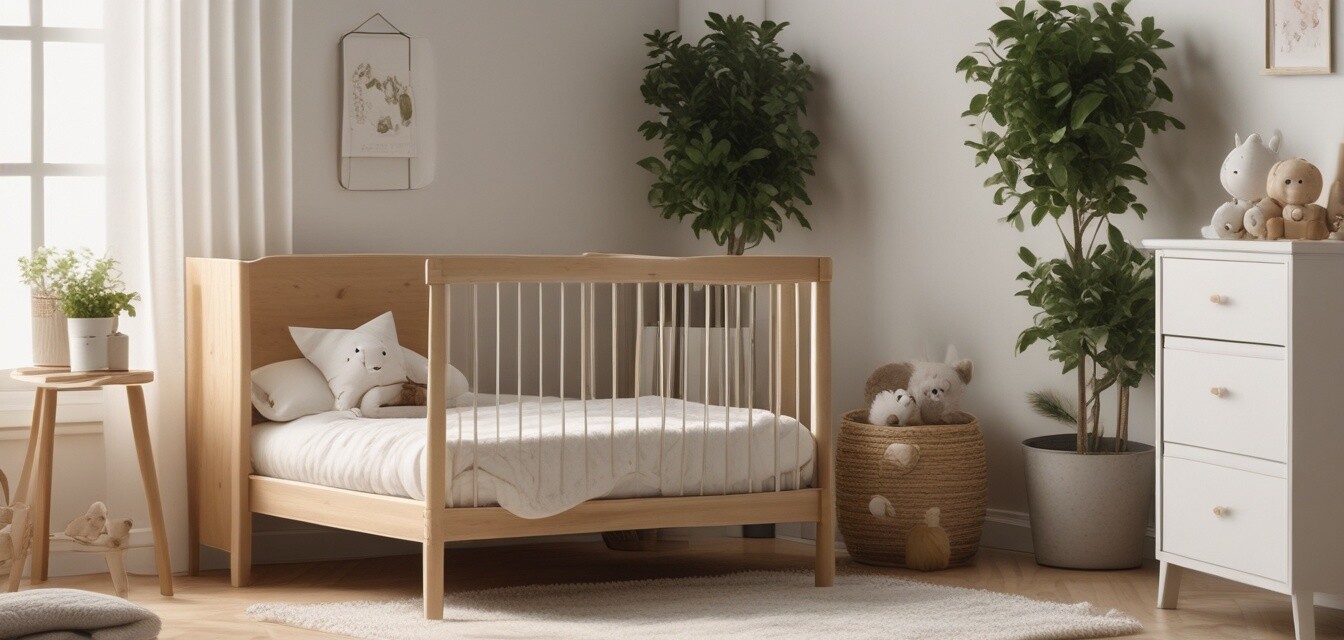
Best Ways to Combat Dust Mites in Cot Mattresses
- Regular cleaning and maintenance are essential to minimize dust mites.
- Utilizing protective covers for your cot mattress can significantly reduce exposure.
- Keep the nursery environment clean and dry to limit dust mite growth.
- Learn about hypoallergenic options to further protect your child’s sleep space.
Dust mites are tiny creatures that thrive in warm, humid environments, making cot mattresses a prime target. While they are not visible to the naked eye, their presence can pose challenges for creating a healthy sleeping environment for your baby. In this article, we will explore effective strategies to combat dust mites in cot mattresses, ensuring a safer, more comfortable nursery for your child.
Understanding Dust Mites
Dust mites feed on the dead skin cells that humans shed, and they particularly thrive in bedding and soft furnishings. An average cot mattress can collect millions of these microscopic pests, which is why it is critical to adopt preventive measures.
Why manage dust mites?
- Improves air quality in the nursery.
- Reduces allergy symptoms in sensitive individuals.
- Promotes a safer sleep environment for infants and toddlers.
Effective Strategies to Combat Dust Mites
1. Use dust mite-proof covers
Protective covers are your first line of defense against dust mites. Look for covers made from tightly woven fabric that prevents dust mites from penetrating. Ensure these covers are:
- Washable for easy maintenance.
- Hypoallergenic to provide an extra layer of protection.
2. Regular cleaning regime
Establishing a cleaning routine is crucial. Here’s a basic plan:
| Cleaning Task | Frequency |
|---|---|
| Vacuum the cot mattress using a HEPA filter | Weekly |
| Wash mattress covers and bedding | Every 1-2 weeks |
| Dust surrounding furniture and surfaces | Every week |
| Air out the mattress in the sun | Monthly |
By following a regular cleaning regime, you can significantly reduce dust mite populations in your cot mattress. For more detailed guidance, visit our Cot Mattress Maintenance section.
3. Control humidity levels
Dust mites thrive in humidity. Keeping your nursery environment dry can make it less hospitable to these pests. Here are some tips:
- Maintain indoor humidity below 50% by using a dehumidifier.
- Use an air conditioner during humid months.
- Ensure proper ventilation in the nursery.
4. Opt for hypoallergenic cot mattresses
If you are in the market for a new cot mattress, consider a hypoallergenic option. These mattresses are designed to resist allergens and can be beneficial for minimizing dust mite exposure. They are typically made from materials that do not harbor these pests.
For more options, check out our selection of Hypoallergenic Cot Mattresses.
Additional Tips for Maintaining a Dust Mite-Free Nursery
General Nursery Cleanliness
A clean nursery contributes to fighting dust mites. Consider the following practices:
- Wash stuffed animals and toys regularly.
- Choose washable curtains and fabrics.
- Minimize clutter to reduce dust collection.
Focusing on Bedding
Quality bedding can also impact dust mite control:
- Use cotton or bamboo materials that are breathable and less likely to retain heat and moisture.
- Wash sheets and beddings in hot water (above 130°F) to kill dust mites.
When to Replace Your Cot Mattress
Sometimes, despite your best efforts, a mattress may be too infested or worn to be effectively cleaned. Consider replacing your cot mattress if:
- It has been in use for more than 5-7 years.
- There are signs of mold or significant wear.
- The mattress is not compliant with modern safety standards.
An effective mattress replacement is another way to reduce allergens. For safe options, explore our range of Organic Cot Mattresses.
Pros
- Improved air quality.
- Supports healthy sleep for your child.
- Reduces allergy symptoms.
Cons
- Initial investment may be higher for hypoallergenic mattresses.
- Regular maintenance requires commitment.
Conclusion
Managing dust mites in cot mattresses is critical for maintaining a healthy sleeping environment for your child. By adopting protective measures and maintaining cleanliness in the nursery, you can significantly reduce the presence of these pests. Invest in quality products, follow a consistent cleaning routine, and ensure that your nursery remains a haven for refreshing and safe sleep.